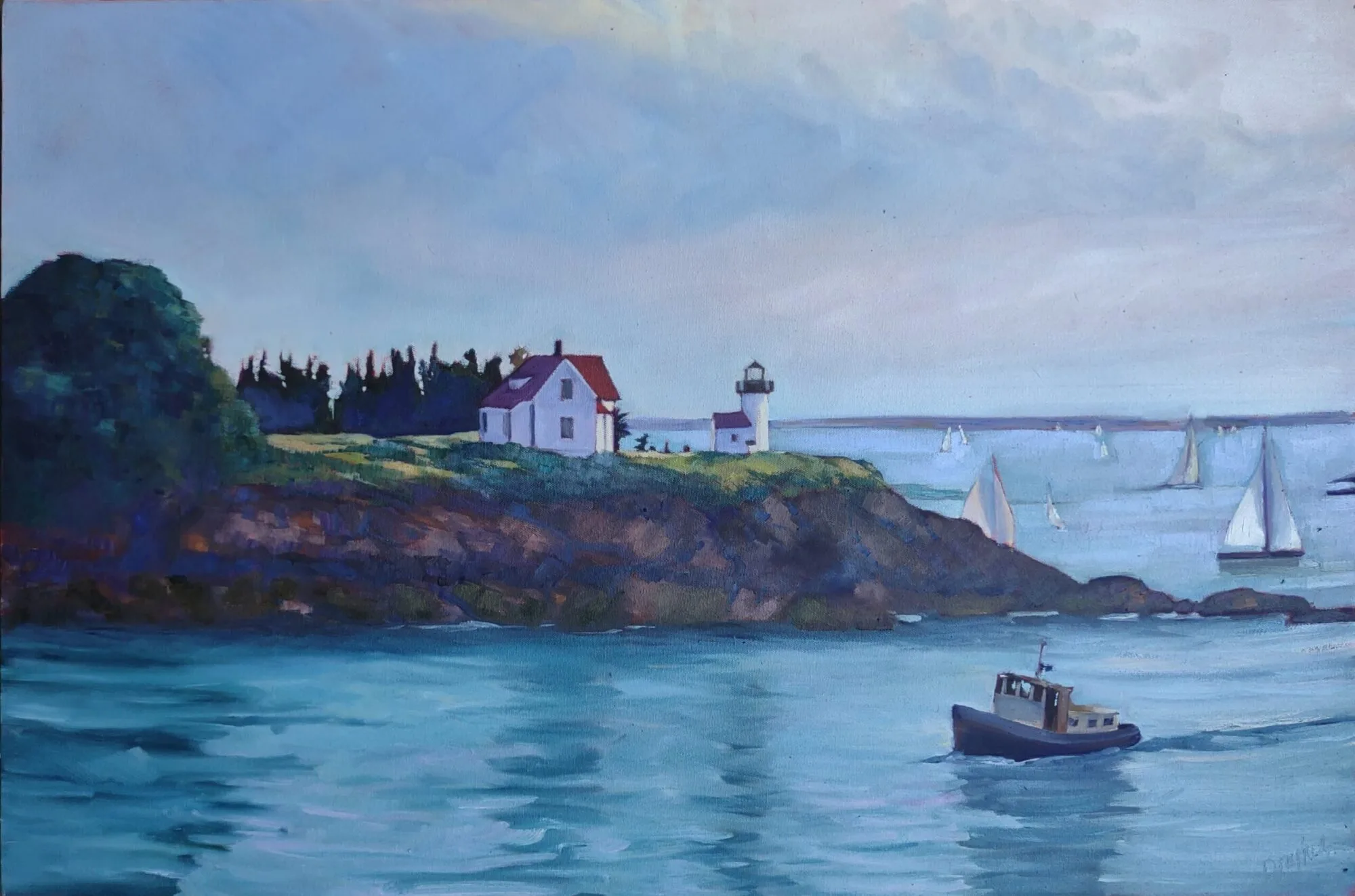Art school averages $42,000 a year. In comparison, these books are a steal.
The most important book I recommend to my students is Art & Fear: Observations On the Perils (and Rewards) of Artmaking, by David Bayles and Ted Orland. This slim volume (I’ve always wanted to say that) lays out the fundamental rule of artmaking: if you want to be an artist, you have to make art, lots of it, over and over again.
Drawing is a skill, not a talent. Not being able to do it holds you back as a painter. Sketching from Square One to Trafalgar Square, by Richard Scott, is a series of exercises that will take you from simple measurement to complex architecture.
If you’re looking for similar exercises in figure drawing, I recommend Drawing the Human Form, by William A. Berry. It’s based on anatomy, not style.
Every art studio should have one anatomy textbook. I use Atlas of Human Anatomy, by Frank H. Netter. Netter was both a doctor and an artist, and he did his own beautiful illustrations. There are other, art-targeted, anatomy books, but this provides all the information I need.
Landscape Painting Inside and Out, by Kevin Macpherson, is a clear, concise guide to getting paint from the tube to the canvas.
I have a shelf full of watercolor books, but my primary pigment reference is a website, Handprint, by Bruce MacEvoy. This has replaced the classic Blue and Yellow Don’t Make Green, by David Wilcox. There are many different ways to get watercolor on paper. If you want to buy only one book on the subject, try The Complete Watercolorist’s Essential Notebook, by Gordon MacKenzie.
There are two color books I love. The first is Josef Albers’ Interaction of Color, which is filled with exercises to understand how color works. It’s fifty years old. The writing is dense to our modern sensibilities, but stick with it.
Bright Earth: Art and the Invention of Color, by Philip Ball, is a brilliant, readable treatise on how chemistry and technology have combined to influence art. (It’s far better than Victoria Finlay’s Color, which is merely a travelogue.) When you’re done reading it, you should have a firm handle on the differences between earth, organic and twentieth-century pigments.
I have shelves full of catalogues raisonné, museum guides, and other illustrated histories of art, but three books compel me over and over. The first is Sister Wendy’s 1000 Masterpieces. It is a simple compendium of things she likes. Fortunately, she has great taste. The internet wasn’t a big deal when she wrote this, but use it as a starting point for your own online research on artists.
The Group of Seven and Tom Thomson, by David Silcox, deals with the painters who’ve most influenced me. Growing up in the shadow of the Albright-Knox Art Gallery, I had no concept of twentieth-century realism, but there it was, being made right across border from me.
John Constable: The Making of a Master, by Mark Evans, illustrates a simple truth of landscape painting: it all starts outdoors.
Have a recommendation? Add it as a comment on this blog, rather than on Facebook, where it will get lost.






Then there is Alla Prima: Everything I Know About Painting by Richard Schmid. This one emphasizes drawing, from life and observing correctly the first time. Also his color chart excercise to understand the paint in your box is revelatory to me. As a pastelist, I reach for color. Understanding where color comes from in oil is very helpful.
Degas by Robert Gordon and Andrew Forge is an excellent over view of Degas work where he cam from and what he was working to acheive. Practice Practice Practice.
Perspective without Pain by Phli Metzger a simplified work on the downfall of many artists, perspective. Understand perspective and that is more than three quarters of the battle in a convincing painting. It does not have 2 clues that Carol Douglas explains in her workshop, but you would have to take that to find out.
Edgar Paynes Composition of Outdoor Painting old fashion writing but nails the concepts of working plein air.
And last but not least The Art Spirit by Robert Henri. Everone should have this one. Don’t read it straight. Open it and read a chapter Incorporate into your mindset. Open again.
Never stop learning.
I just placed an order for the book on sketching. Looking forward to being confident in my ability to lay out a cohesive plan for my watercolor paintings. The other books you recommend all seem to be great. Thanks
Excellent!
So many people mentioned "The Art Spirit," I was remiss in nor suggesting it. So too with Richard Schmidt. Thank you.
This comment has been removed by the author.